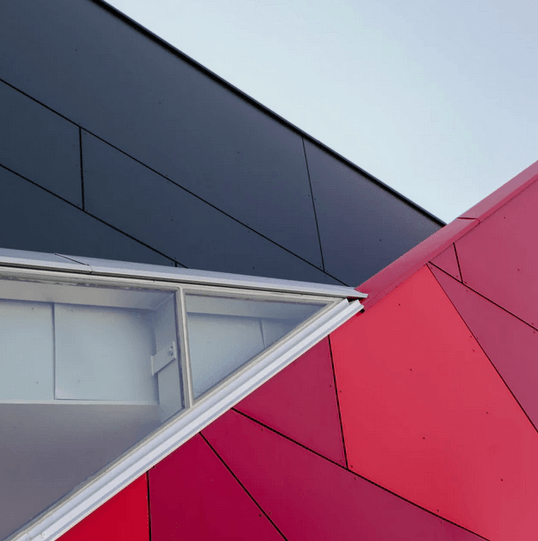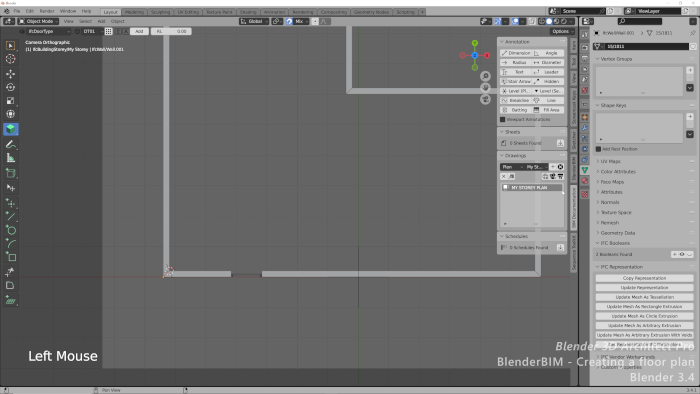
If you missed any of our articles from last week in Blender 3D Architect, you now have the chance to view a summary of all the content we posted. Among the materials, you will always find content related to architecture, furniture models, and also news about Blender.
Here is a list of articles from last week:
- FLOSS workflow for architecture (Mixed-use building)
- IKEA bed Trysil for Blender – Free download (OBJ)
- Automatically create technical drawings in Blender (Add-on)
- Textures and resources updates (20220606)
As a highlight, we can point to the second example of an entire FLOSS workflow with a mixed-use building. The project's author doesn't use Blender this time but achieves an impressive result with lots of technical drawings.
You should also look closely into the PRJ Add-on, an incredible tool for making 2D drawings.



